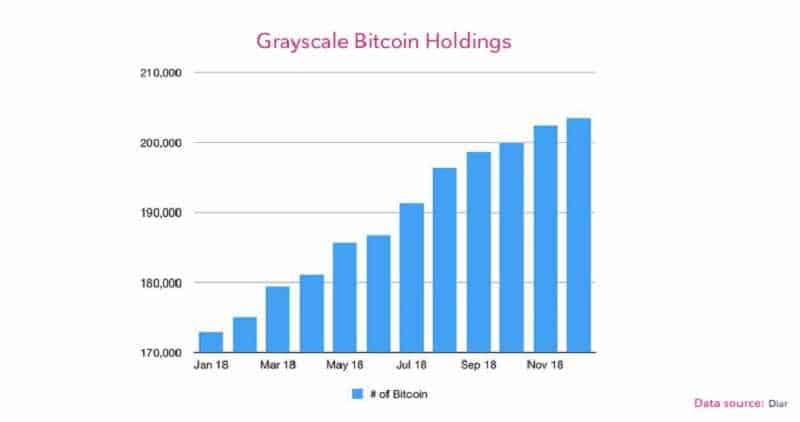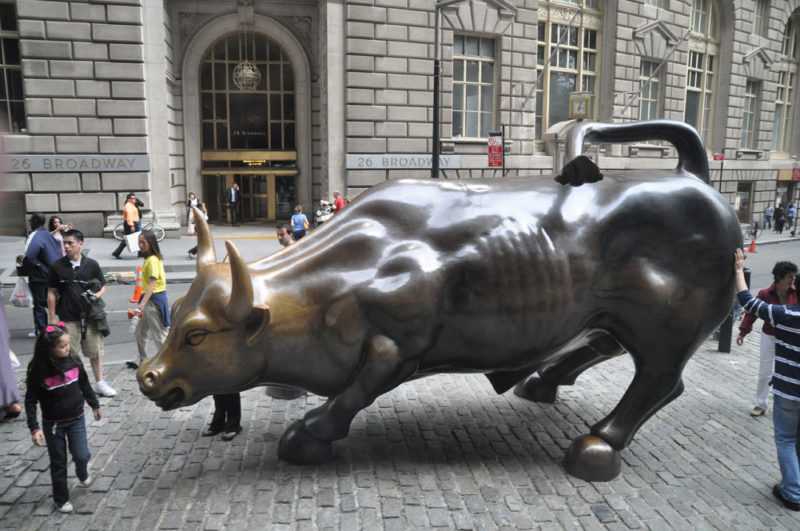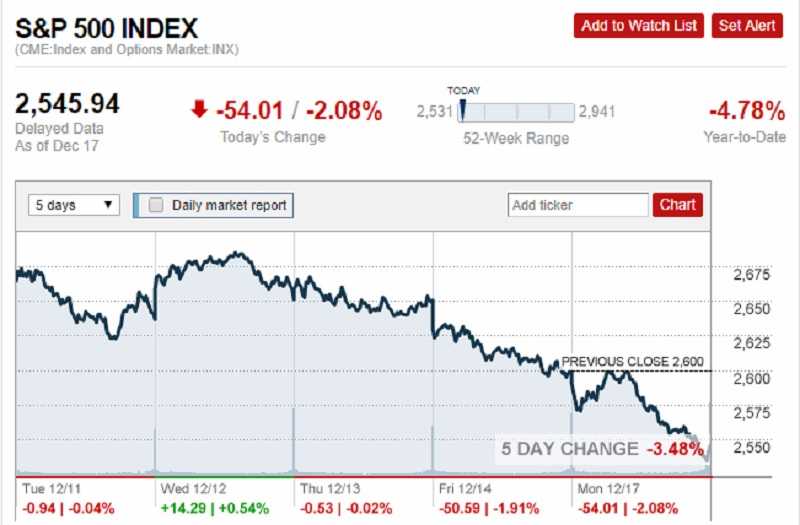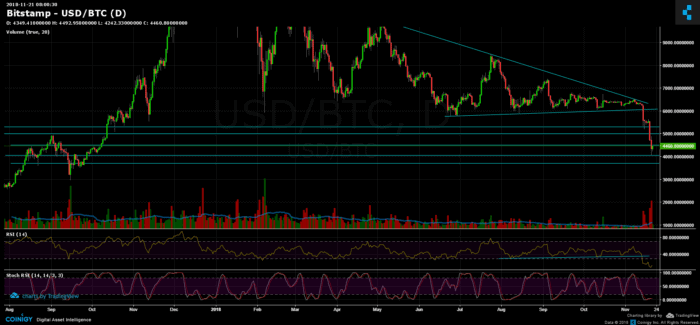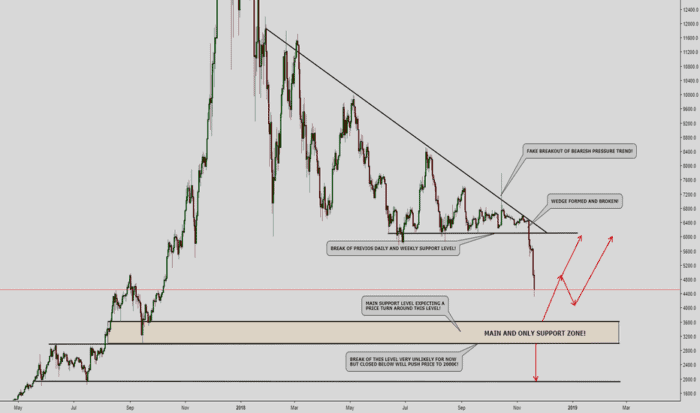
Stock markets over the world experienced great losses from the beginning of this year due to a massive sell-off caused by the COVID-19.
How long will the bear market last? We believe not forever. In fact, the bear markets are much shorter than bull markets. Especially when they are driven by some event. Coronavirus outbreak is such an event. like this one is. But if we take a look at historical data we may conclude that the question of how long will the bear market last, pretty naive. How is that? Well, this kind of bear market recovers very fast.
How can we be so sure?
Let us explain. If we want to put different types of a bear market into categories, we will see we can put them into 3 key categories based on the type of drivers.
The first type of bear market is caused by the business cycle. That is when growth leads to inflation, interest rates increase too fast, the yield curve inverts, demand decreases, loan activity decreases, etc. They are so-called cyclical bear markets.
The second type is caused by market bubbles, much more leverage, turbulences, and disruptions on the credit markets. In other words, this structural type of bear market occurs when we have structural asymmetries in the market or economy. So, we are pointing to another type of bear market, the so-called structural bear market. We already saw it in the 2008-2009 market downturn.
But also, we can recognize a bear market driven by some event which is this one, caused by a coronavirus outbreak and global pandemic. Of course, this kind of bear market can be triggered by some crises, wars, political instabilities, etc.
How long will the bear market last?
This month can be an important test for stock-market investors. Everyone is looking for hints that the worst of this stock market massacre is ended. But the coronavirus outbreak moves on and demands at least short-term economic distress. In the next several weeks we will be faced with more and more bad news as a pandemic is spreading. That may cause further sellings. Bad news has such an influence on the stock market. Also, a surge of business failures can occur.
The experts sound pretty sure that the stock market’s bounceback last week is a good sign even though all markets are volatile. The stock market was dropping with great speed into the bear market. But yet, there is a hope that March lows for main indexes may be kept from further declines. That is just our opinion, based on the reaction of central banks.
Well, this bear market isn’t easy for any investor. Even the most optimistic investors claim that further decline is possible before the stocks find the bottom. That is true especially if we know that sharp rebounds are possible before retesting new lows. But as we said, there is a logical chance that recent lows can be the last we saw and rebounds can be better than in former significant selloffs.
Predictions for the stock market
Robert J. Shiller, a Nobel laureate is exactly certain about the stock market in the long run. His concerns are about how long will the bear market last, where the stock market is heading.
He wrote for The New York Times:
“It is too simple to assume that with its steep decline, the market has already discounted epidemiologists’ forecasts for COVID-19. By this logic, the stock market would fall further only if the virus turns out to be worse than forecast.”
Yes, but we are dealing with an entirely unknown situation. We never have had before such a massive lockdown of everything companies, whole industries, millions of people, the numerous countries. This is a totally unique event.
But Robert J. Shiller added in his column:
“People are seeking reassurance from homespun investment advice, like the old nostrum that the percentage of stocks in your portfolio should be equal to 100 minus your age, come what may. If you are 60, for example, you should hold 40 percent stocks, under this rule.”
And also admitted that “this advice isn’t grounded in any scientific truth about financial markets.”
Well, this advice isn’t bad, it is good advice. It isn’t against common sense. While people are doing something, taking action they may feel better. That is from a psychological point of view. Also, it is a quite reasonable decision to risk less in such a market downturn but yet inspires you to take action.
Shiller advises further “buying just enough to restore the stock balance after market declines.”
Bear markets rule a short time
Maybe this is the answer to the question of how long will the bear market last. Bear markets rule for a short time. What we can expect is the market data will be weak in the weeks ahead. The problem is what are we expecting.
Stocks in March entered a bear market with record speed. After March 23 they were bouncing sharply. But DJIA has the biggest first-quarter decline of -1.68% on record with a 23.2% fall. The S&P 500 Index had a decline of -1.51% on a 20% first-quarter fall this year. It is the biggest since 2008. After March 23 both indexes had a rebound and for example, DJIA had its biggest three-day gain, which had been seen last time in 1931.
Let’s see how long this bear could market last?
As we said we can recognize three main types of bear markets: caused by the business cycle, caused by some event (like this one) and a structural bear market.
The most severe is the structural bear market because it is the result of problems in the financial system and capital markets.
A cyclical bear market is bad also but tends to fix itself over a short time and sufficient policy answers.
And last but not the least, the bear market caused by some event. According to historical data, this kind of bear market was shorter, less critical on the downside. Such a market took less time to recover. It is quite logical. Before the market was hit with a drastic event such as a coronavirus outbreak, the markets all over the world were in good condition. And you see, that’s why we think that it does not take as long for the economy to recover once the shock of this event disappears. It’s true that so many people lost jobs in the early stage of the pandemic, the companies are faced with shutdowns and limitations. But when this kind of problem disappears, everything can return in normal pretty quickly.
Bottom line
How long will the bear market last? There is no way to predict that, honestly. Who can predict when the market will bottom? From what we know, the bear market will end even before bad news stops coming up to us. For investors, the main point is to be ready for that first day of recovery, they have to adjust their positions for that to join the rebound when it happens. We believe it can happen sooner than many investors expect or predict.
In the meantime, we recommend investors wait for it calmly. Stay focused on long-term investments and don’t let your emotions take control of your decisions. Use this period to learn something new and expend your horizons.









 When the investors don’t have hope in stocks and start to sell, the stock price will drop more and more
When the investors don’t have hope in stocks and start to sell, the stock price will drop more and more



